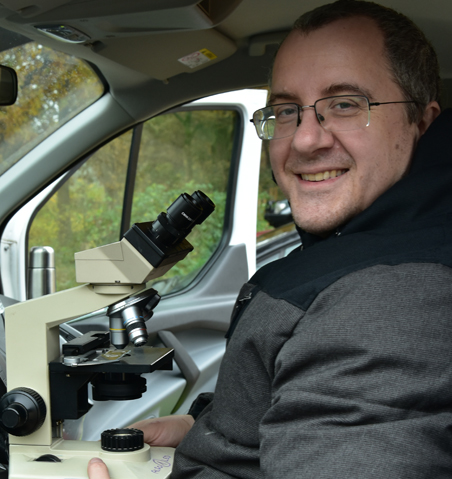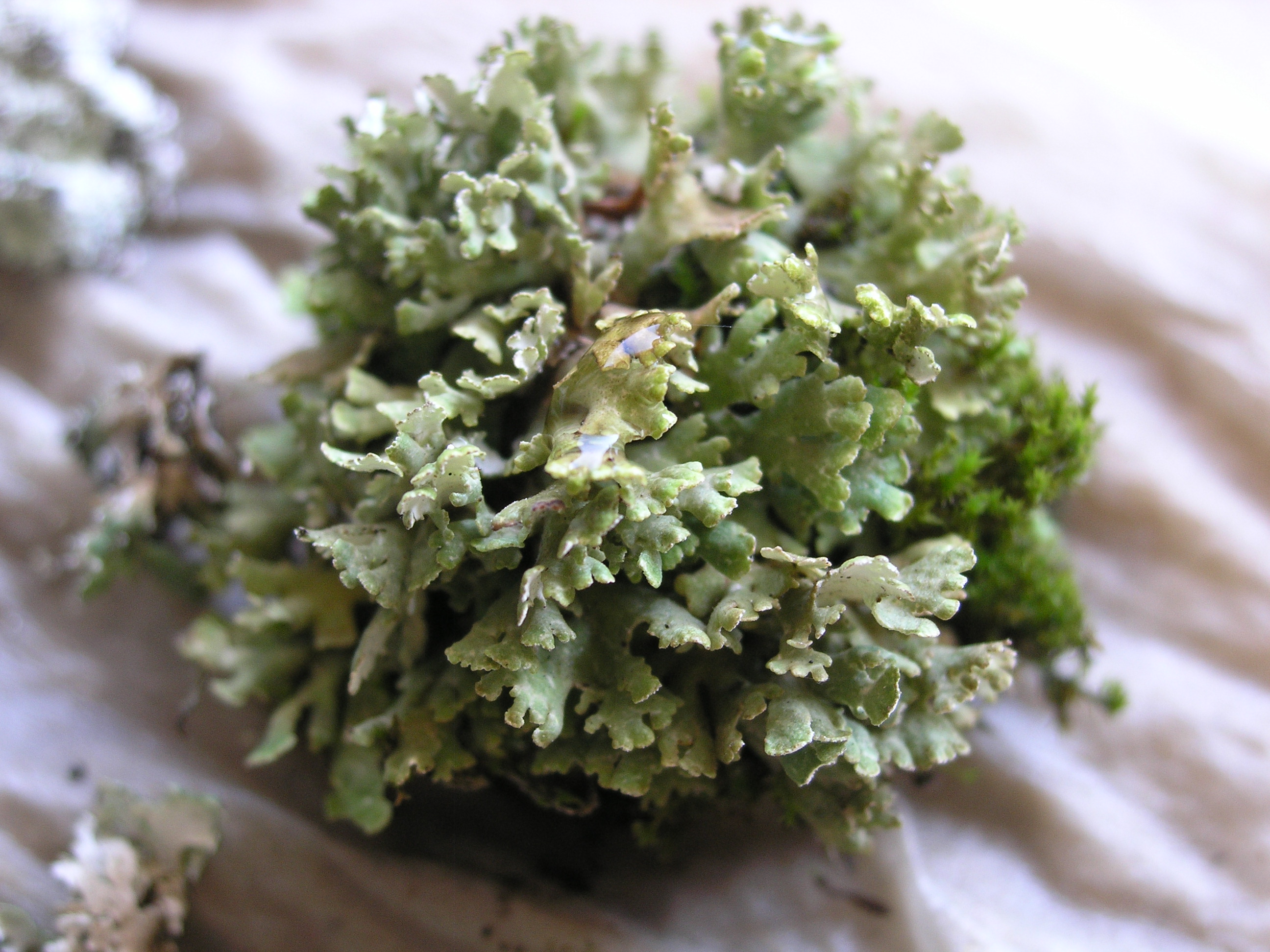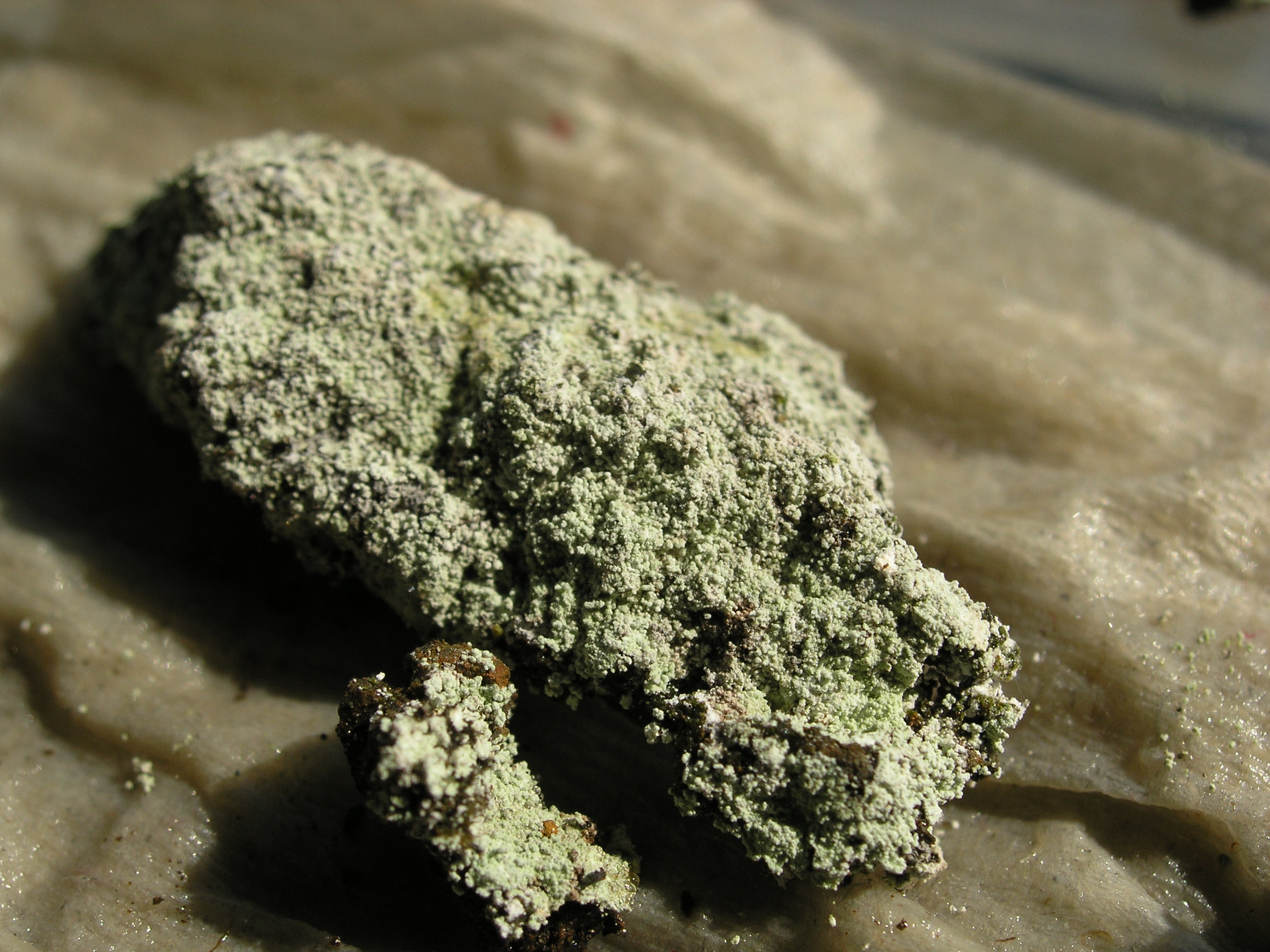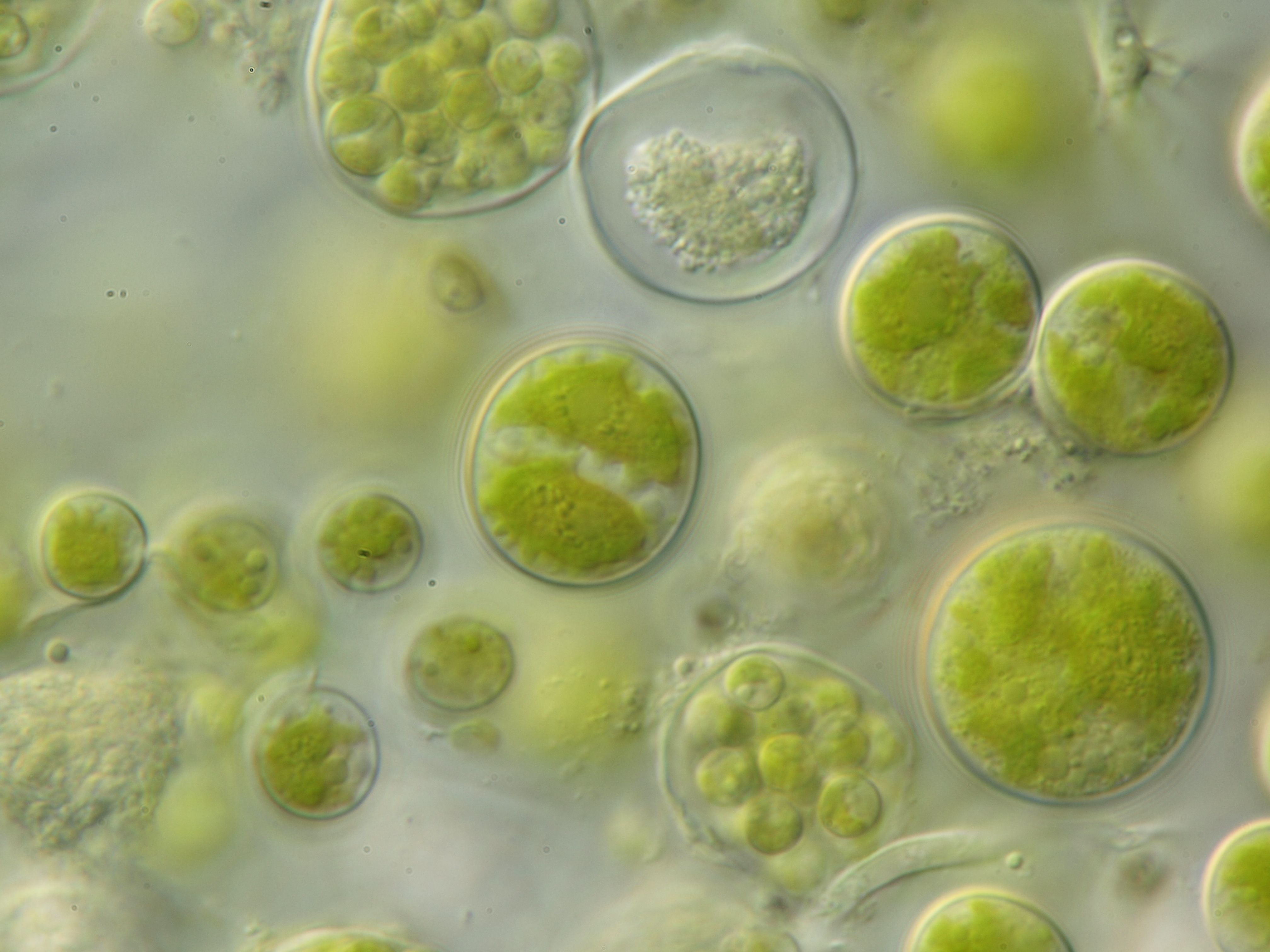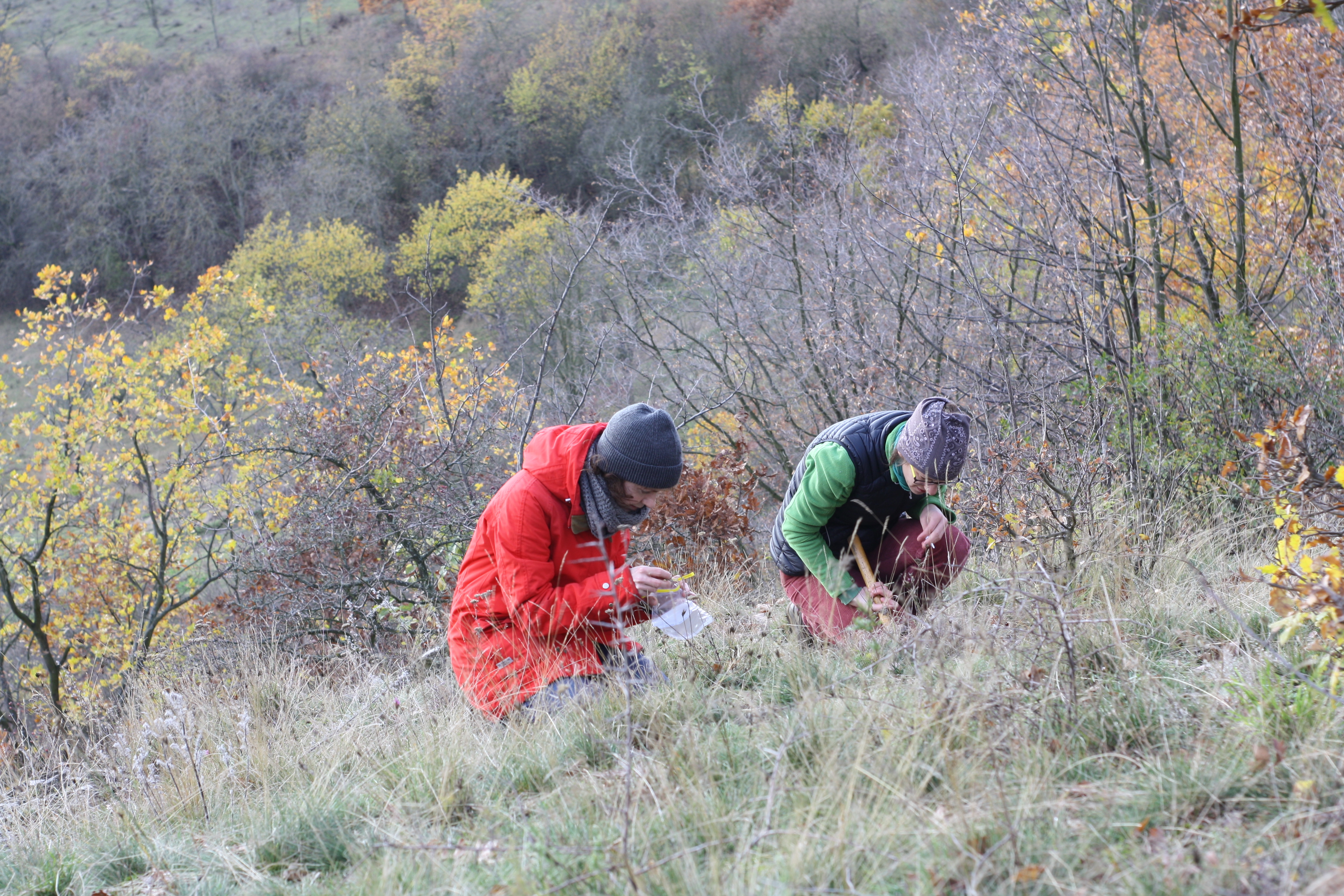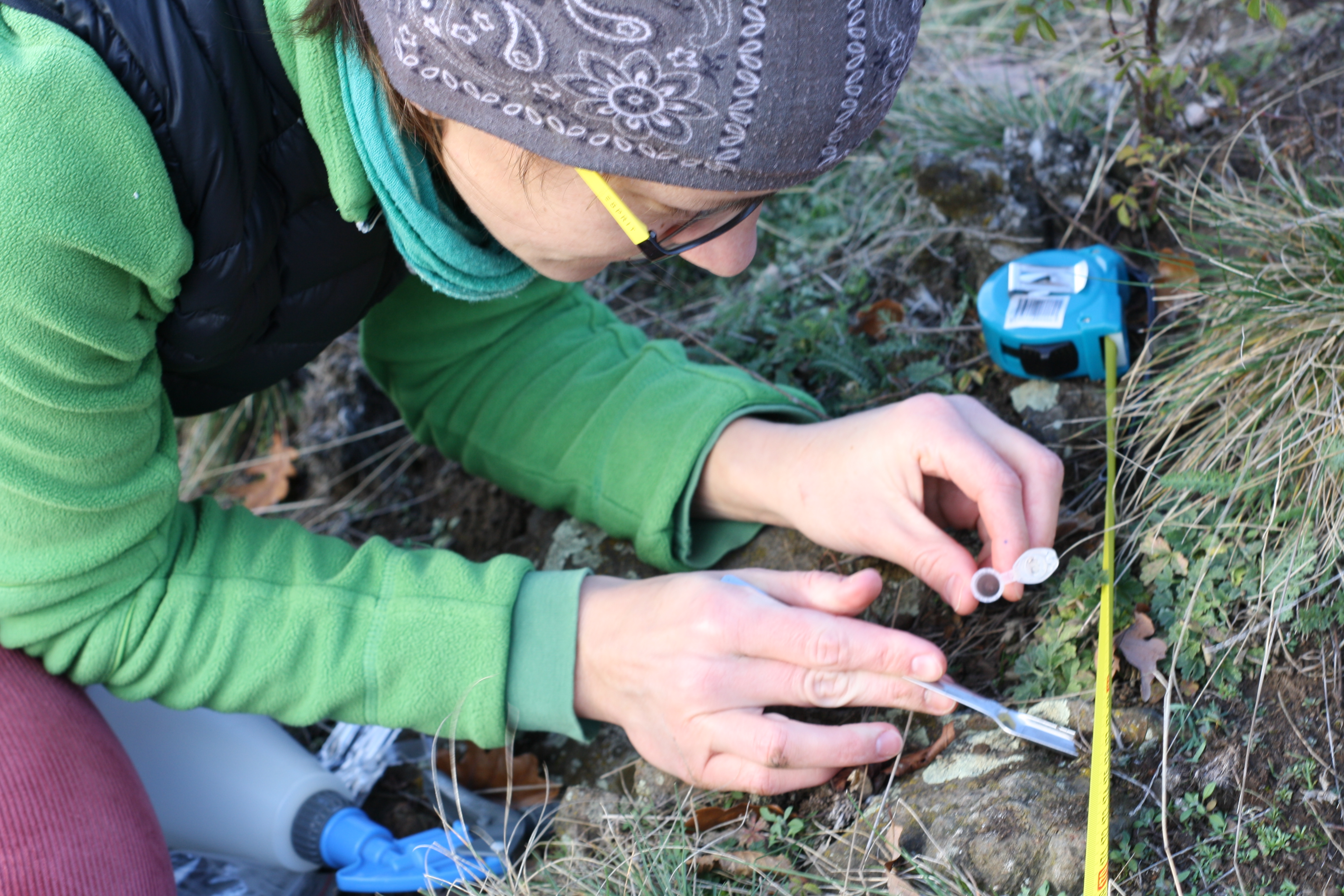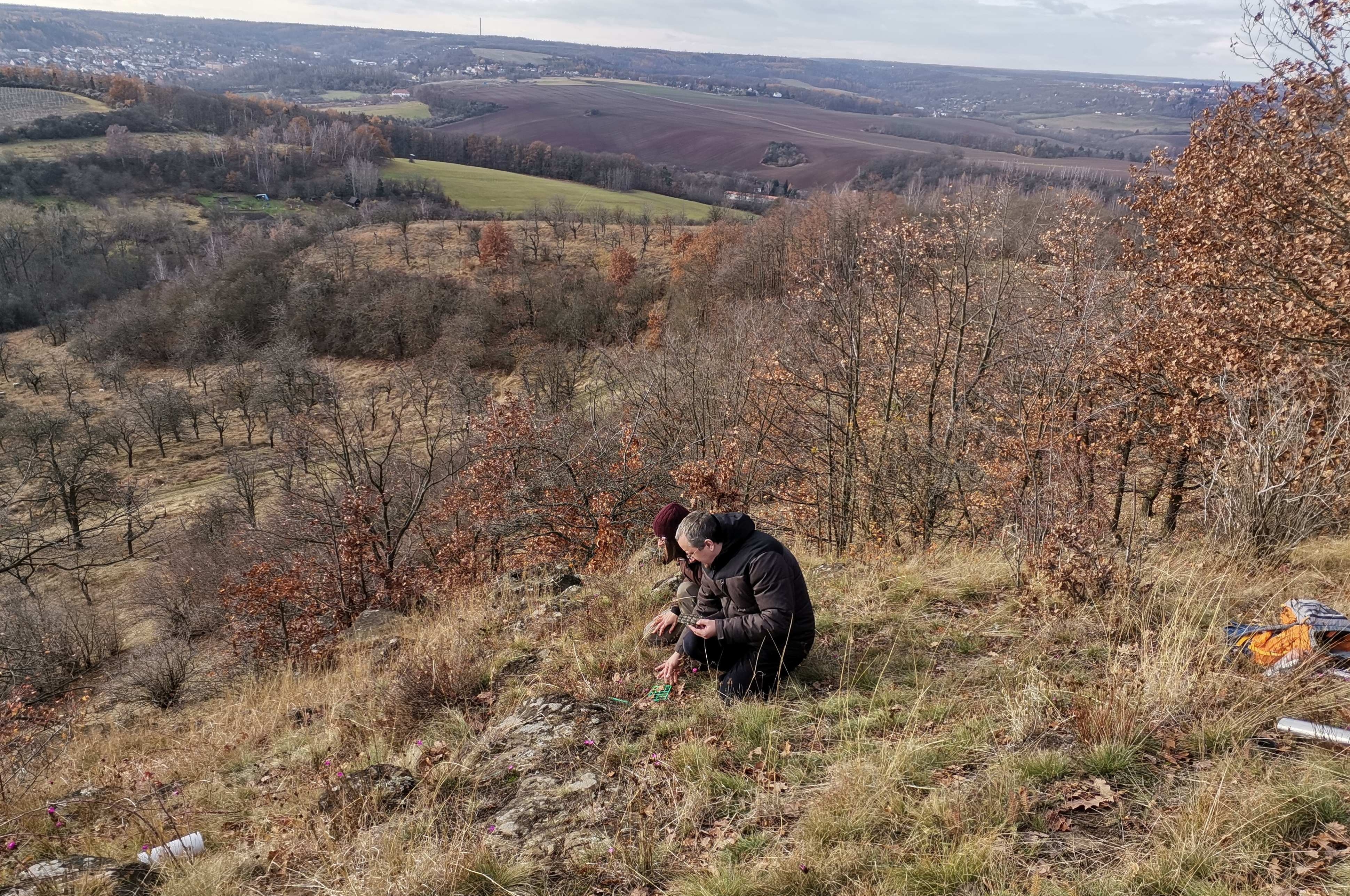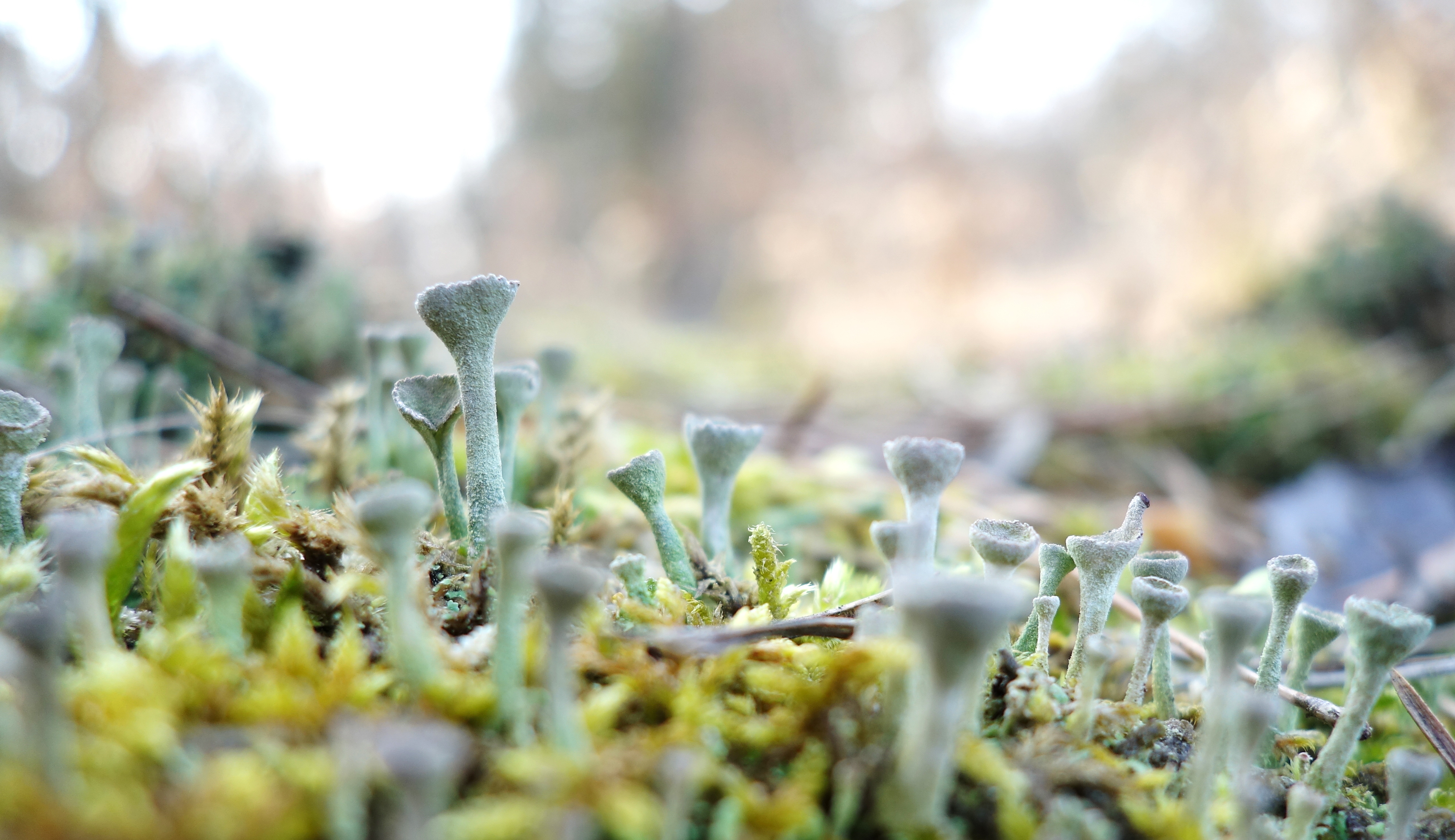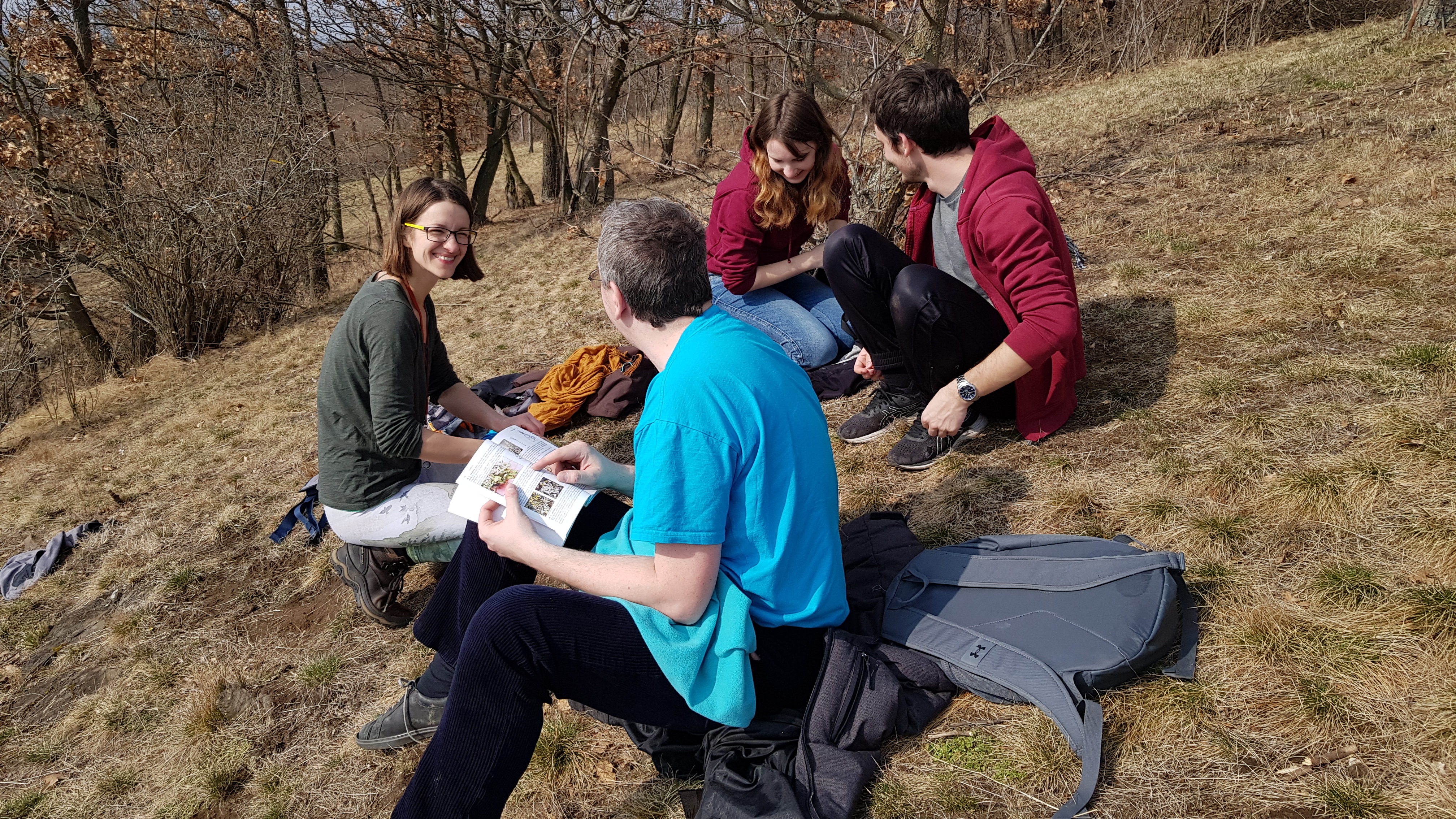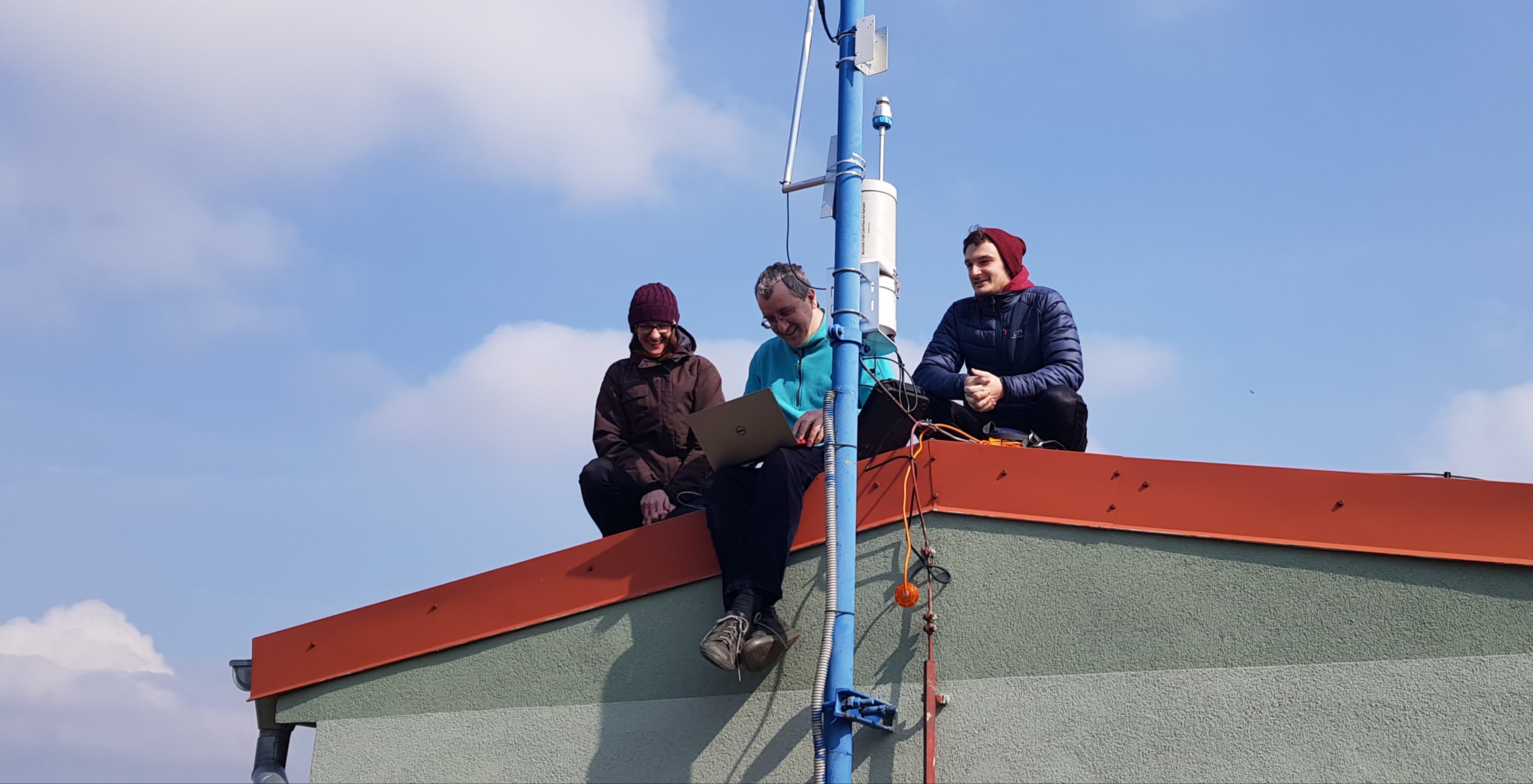Research
Symbiotic organisms play a key role in natural communities.
Lichens are common symbiotic organisms composed of a fungal partner, the mycobiont,
and one or more photosynthetic partners, the photobiont, that may be either a green alga or cyanobacterium.

Our research focuses on various aspects of lichen symbiosis:
- Diversity of symbiotic algae within various lichen genera.
- Diversity of free-living symbiotic algae.
- Ecological drivers of lichen symbiosis: The effect of climatic and habitat factors in shaping the relationships between the fungal and algal partners.
- Niche dimensions of algal partners.
- Formation and ontogeny of lichen symbiosis: From vegetative propagules to mature thalli.
- Dispersal of symbiotic partners.
- Spatial and temporal dynamics of lichen symbiotic associations.
Research Team
Principal investigators
Post-docs

Ivana Černajová
ivkacerka[at]gmail.com
Lucie Vančurová
vancurova.l[at]gmail.comStudents

Heda Ghlimová
ghlihe[at]seznam.cz PhD student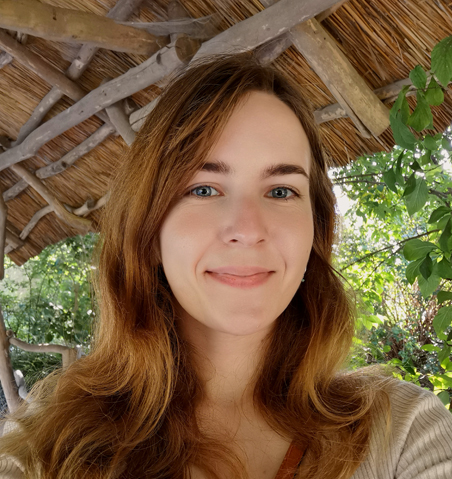
Veronika Kantnerová
vkanti[at]seznam.cz PhD student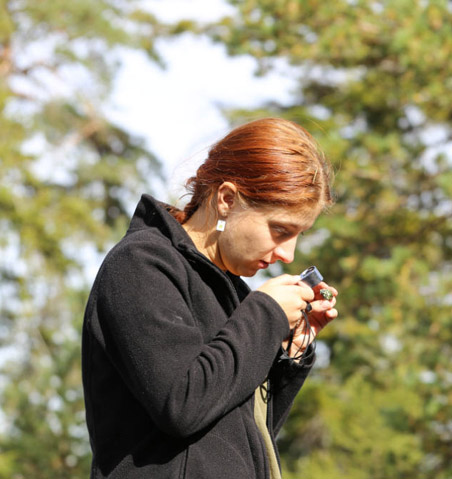
Eliška Konečná
el.konecna[at]seznam.cz PhD student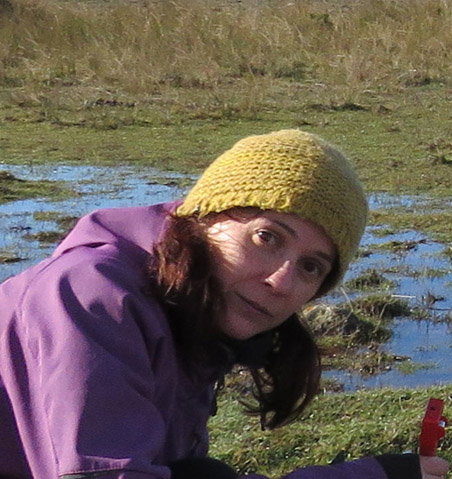
Veronica Malavasi
veronica.malavasi80[at]gmail.com PhD student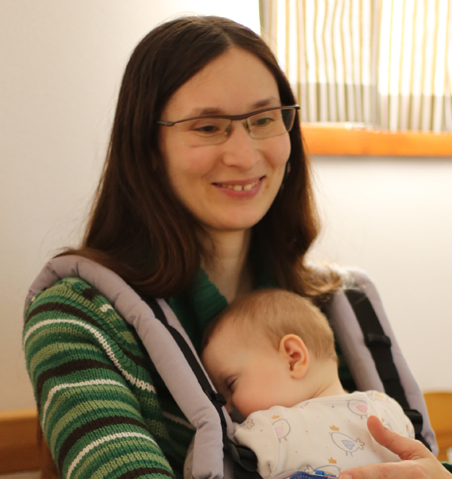
Zuzana Škvorová
zuzka.skvorova[at]centrum.cz PhD student
Veronika Veselá
v.vesela2[at]seznam.cz PhD studentAlumni

Jana Schmidtová
External collaborators
- Ondřej Peksa (Museum of West Bohemia in Pilsen, Czech Republic)
- Francesco Dal Grande (Senckenberg Biodiversity and Climate Research Institute, Germany)
- Patricia Moya (University of Valencia, Spain)
- Lucia Muggia (University of Trieste, Italy)
Publications
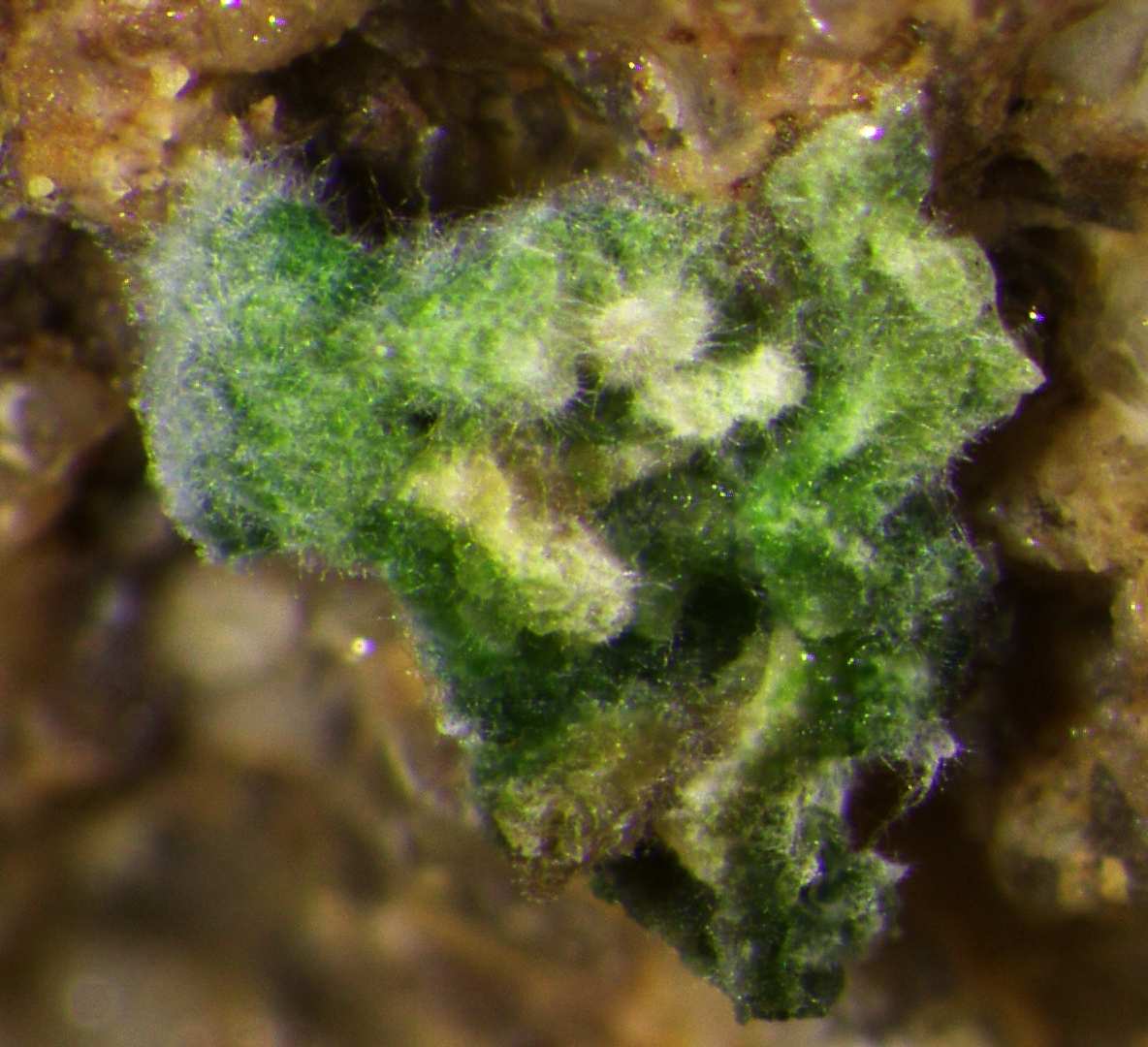
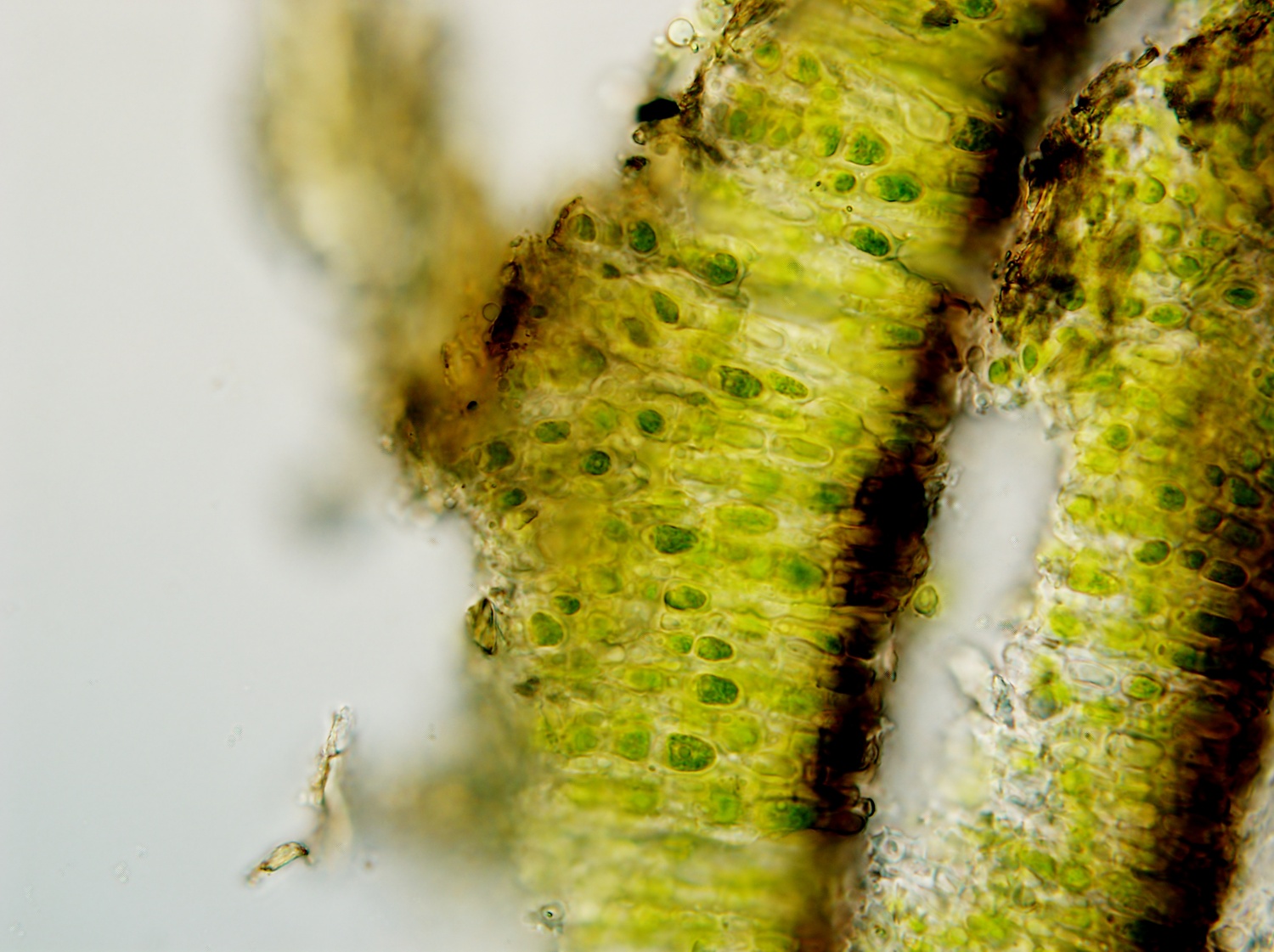
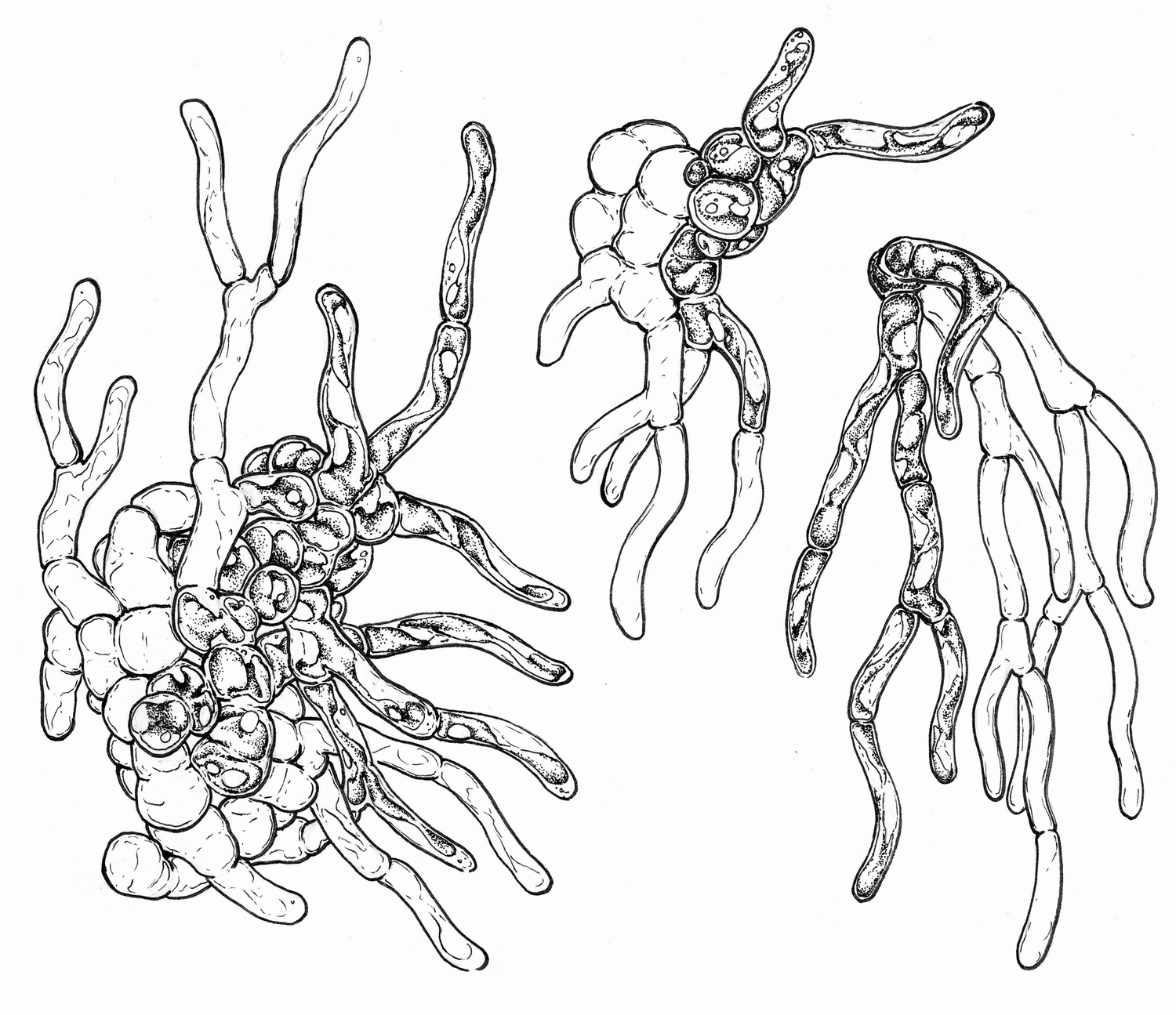
The guilds in green algal lichens—an insight into the life of terrestrial symbiotic communities.
FEMS Microbiology Ecology 98: 1-17.
An exception to the rule? Could photobiont identity be a better predictor of lichen phenotype than mycobiont identity?
Journal of Fungi 8: 275.
Lichens from the littoral zone host diverse ulvophycean photobionts.
Journal of Phycology (published online).
Promiscuity in lichens follows clear rules: partner switching in Cladonia is regulated by climatic factors and soil chemistry.
Frontiers in Microbiology 12: 781585.
Choosing the right life partner: Ecological drivers of lichen symbiosis.
Frontiers in Microbiology 12: 769304.
Biodiversity patterns and ecological preferences of the photobionts associated with the lichen-forming genus Parmelia.
Frontiers in Microbiology 12: 765310.
Lessons from culturing lichen soredia.
Symbiosis 82: 109-122.
Symbiosis between river and dry lands: Phycobiont dynamics on river gravel bars.
Algal Research 51: 102062.
The first survey of Cystobasidiomycete yeasts in the lichen genus Cladonia; with the description of Lichenozyma pisutiana gen. nov., sp. nov.
Fungal Biology 123: 625-637.
Reproductive and dispersal strategies shape the diversity of mycobiont-photobiont association in lichen symbioses.
Molecular Phylogenetics and Evolution 134: 226-237.
The complexity of symbiotic interactions influences the ecological amplitude of the host: a case study in Stereocaulon (lichenized Ascomycota).
Molecular Ecology 27: 3016-3033.
Myrmecia israeliensis as the primary symbiotic microalga in squamulose lichens growing in European and Canarian terricolous communities.
Fottea 18: 72-85.
Untangling the hidden intrathalline microalgal diversity in Parmotrema pseudotinctorum: Trebouxia crespoana sp. nov.
The Lichenologist 50: 357-369.
Lichen Symbiosis Research Group
Department of Botany
Faculty of Science
Charles University
Benatska 2, 12800 Praha 2
Czech Republic
jana.steinova@gmail.com
skaloud@natur.cuni.cz
+420 221 951 648

